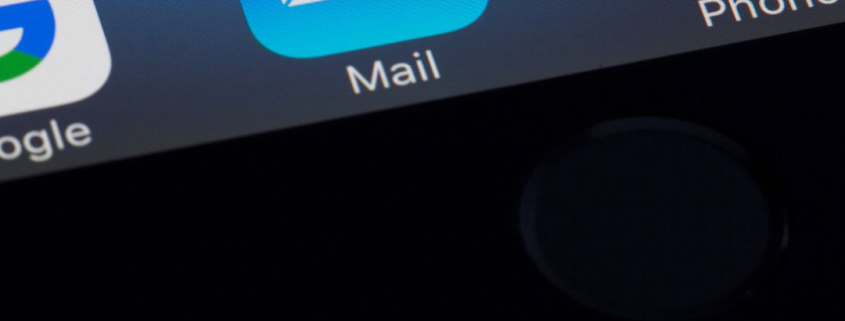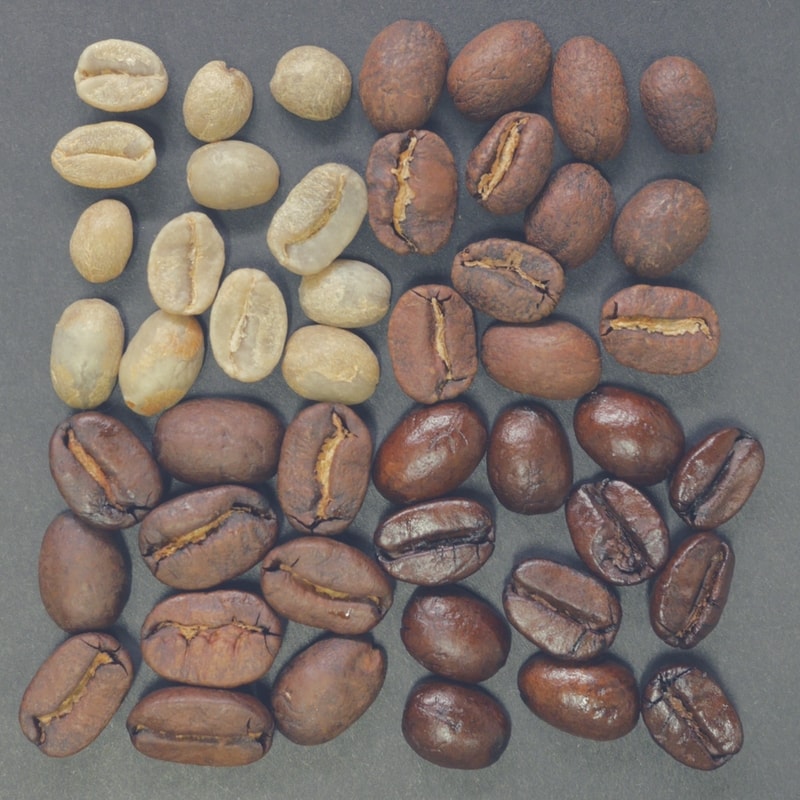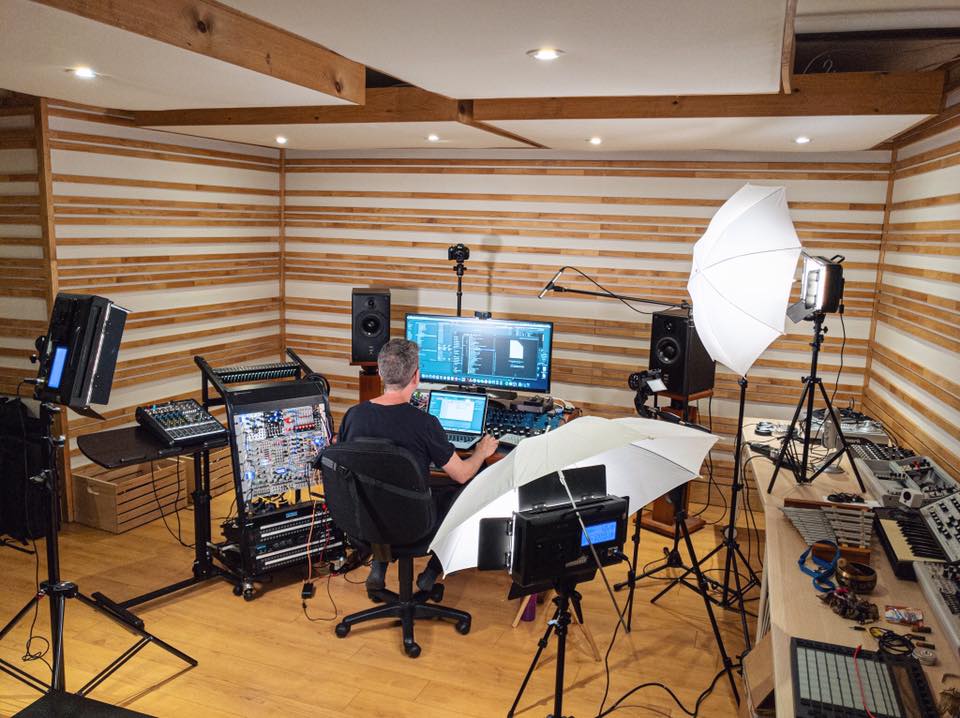The Dysfunction of Email Promos in Music
In an age where technology has simplified communication, it’s ironic how it has also, sometimes, made things more complicated. Take music promotion for instance. A once curated art of handpicking who you shared your work with has been lost in the deluge of the digital age. And nowhere is this more evident than in the world of email music promotions.
For a small- to medium-sized artist like me, my inbox is perpetually inundated with promotional tracks. In fact, I’ve had to set up an email rule to funnel these promos into a separate folder just to keep my primary inbox manageable. To give you a perspective, this folder recently crossed the 13,000 mark. It’s overwhelming and, frankly, dysfunctional.
Now, let’s put this into context. I’m not even a significant player in the music industry. Major artists are likely receiving 3-5 times the number of promos I get. The question then becomes, how effective is this method when even a smaller artist can’t keep up?
One of the most significant issues is the scattergun approach. I’m flooded with tracks from genres and artists that are miles apart from my musical tastes. It’s as though having access to my email address has become an open invitation to send anything and everything my way. This mass email system means that around 95% of the music I receive isn’t even relevant to me. And this poses a unique problem, not just for me, but for musicians as well. The handful of tracks that might genuinely intrigue me are lost in the noise.
This situation eerily mirrors another challenge – shopping for music. For every gem you find, you’re likely sifting through a mountain of tunes that aren’t quite your style. With email promos, the haystack has just grown exponentially, making the needle even harder to find.
Ironically, in this vast digital world, in-person connections seem to be the most efficient form of music promotion. When you meet artists face-to-face, there’s a directness and specificity to the exchange. But the reality is, these opportunities are limited.
Strangely, it’s hard to admit but Spotify has been my most reliable tool for discovering and curating music I listen to. I usually find music there, then continue my searches on Bandcamp and Soundcloud. But as much as I don’t like the ethics of Spotify, if there’s one thing they do right, it’s keeping me in the loop with music I will mostly like.
Where does this leave us?
Firstly, artists need to rethink the blind, bulk email strategy. The objective shouldn’t be about how many people you can reach, but rather about reaching the right people.
Secondly, as recipients, maybe we need platforms or systems to better communicate our music preferences. Labels have traditionally played this role to some extent, but there’s room for innovation.
Lastly, while personal connections remain invaluable, the digital age demands better solutions. We need platforms where specificity and personalization become paramount, ensuring that every promo an artist sends is a potential hit, not just another email in an overflowing folder.
But I also have a list of websites that can provide help with promotion.
- SubmitHub: A platform where artists and labels can submit their music to bloggers, playlist curators, YouTubers, and even record labels. It’s an excellent way to get feedback and potentially get your music featured.
- RepostExchange: This platform allows SoundCloud users to trade reposts. It’s a way to expose your music to a new audience by leveraging other artists’ followers.
- DistroKid: While primarily a music distribution platform, DistroKid also offers promotional tools like ‘HyperFollow’ which helps artists to maximize their pre-save counts on platforms like Spotify.
- PlaylistPush: Designed for artists to pitch their music to Spotify, Apple Music, and Deezer playlist curators.
- Hypeddit: Helps you grow your fanbase on platforms like SoundCloud, YouTube, Mixcloud, and more by trading likes, reposts, comments, and follows.
- Feature.fm: It lets artists get their music into streaming service playlists, and they also provide tools for pre-saves and other promotional campaigns.
- Groover: Similar to SubmitHub, Groover allows artists to send their tracks to a wide range of bloggers, record labels, radio stations, and playlist curators.
- Musosoup: Artists submit their tracks, and curators (bloggers, playlisters, etc.) can browse and select tracks they’re interested in featuring.
- Promo.ly: A music promo delivery system for artists, labels, and PR agencies to share their music to industry influencers.
- Echio: This is a place where you can follow artists, get workshops, pay for some feedback and more.
In conclusion, while the digital age has revolutionized music sharing, it’s also important to recognize its pitfalls. As we move forward, it’s crucial to find harmony between the old and new, ensuring that quality music doesn’t get lost in the digital shuffle.












Leave a Reply
Want to join the discussion?Feel free to contribute!